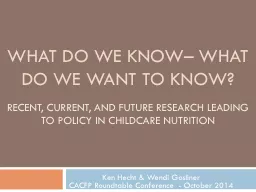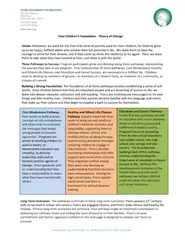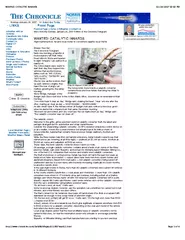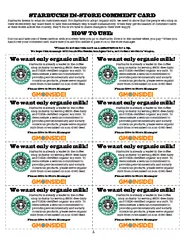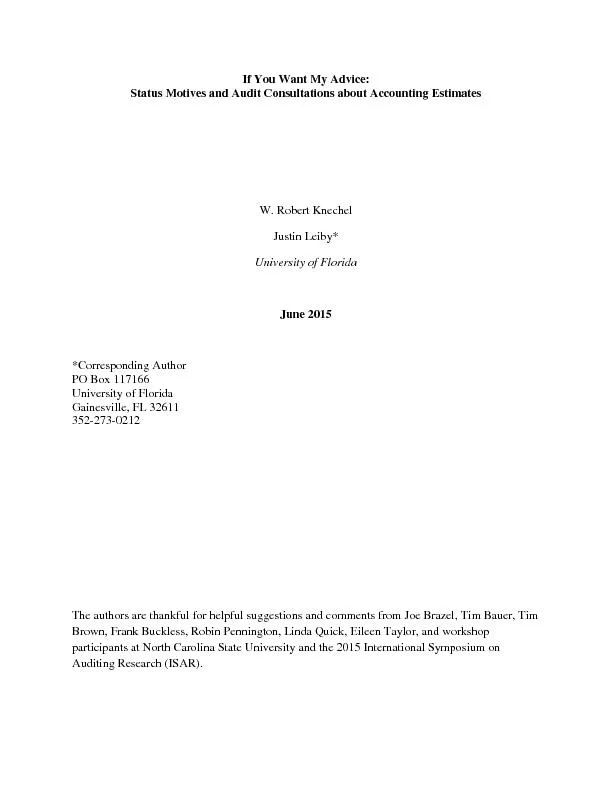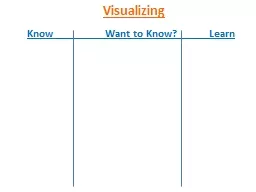PPT-What do we know– what do we want to know?
Author : chaptoe | Published Date : 2020-07-01
Recent current and future research leading to policy in childcare nutrition Ken Hecht amp Wendi Gosliner CACFP Roundtable Conference October 2014 Session overview
Presentation Embed Code
Download Presentation
Download Presentation The PPT/PDF document "What do we know– what do we want to kn..." is the property of its rightful owner. Permission is granted to download and print the materials on this website for personal, non-commercial use only, and to display it on your personal computer provided you do not modify the materials and that you retain all copyright notices contained in the materials. By downloading content from our website, you accept the terms of this agreement.
What do we know– what do we want to know?: Transcript
Download Rules Of Document
"What do we know– what do we want to know?"The content belongs to its owner. You may download and print it for personal use, without modification, and keep all copyright notices. By downloading, you agree to these terms.
Related Documents

